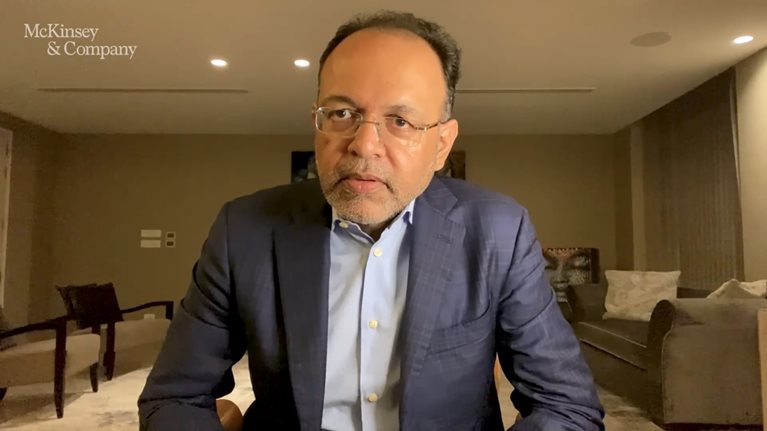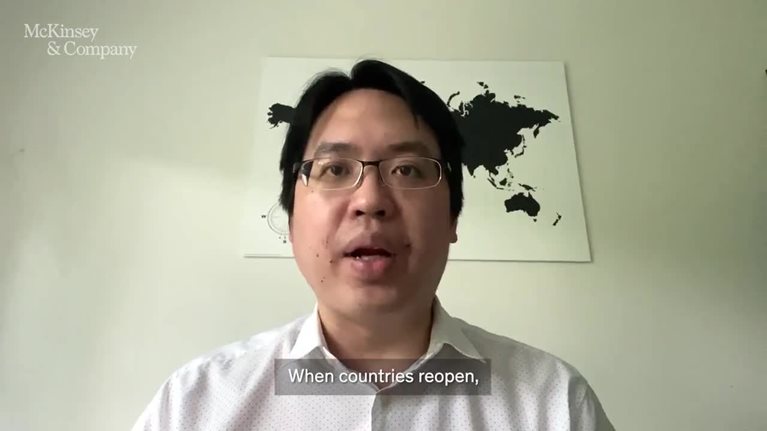What are the top three most disruptive, powerful forces shaping Japan 10 years from now?
I see major forces shaping Asia over the next 10 years. The first one—and I’m talking from my Japan perspective, and also from my Advanced Industries global sector perspective—is actually digitalization and technological disruptions that are happening. And this is a change that will affect all companies and society, and will also impact suppliers, customers—everyone. So that’s number one in my opinion.
Number two is actually the demographical change, and here again from a Japan perspective, we have the ageing population. From an Asian perspective, we have many new people entering the workforce and many, I would say affluent consumers, that are coming in and this is going to be a big change. It will shift markets, and also will shift how you think about labor and usage, and the leverage of labor in your business. That’s what I would say is the second one.
And the third one I really think is more geopolitical in nature. Historically, Asia has been very important; and if you look at GDP, it was always one third of the world. Over the last hundred years it became less, but now again, I think Asia will get its place.
Would you like to learn more about the Future of Asia?
How should CEOs be responding to these forces as they think about their business strategies for the next decade?
So, in terms of CEO responses on the digital one, that one is something you have to start responding to immediately. It is not something to say, “Wait and see how it affects my industry and my company,” because once you see it, it’s too late. So in order to defend your business, to expand your business, it’s extremely important to act immediately.
In order to act the right way, it’s important to understand how the effect is going to be, in what part of the value chain, what part of business model, and what type of new ecosystems are required in order to be able to do the right steps. I see many CEOs doing a lot of things, but they sometimes miss doing the important steps. Therefore, understanding those priorities are extremely important. In terms of demographical change, that also requires a rethinking of where your markets are, and also where your markets are for recruitment because that changes. And also in terms of vocational training and education of the people—that also poses different challenges in order to cope with that, and has longer term implications that need to be acted on immediately.
And the third one—“Powerhouse Asia”. I think that means global leadership for individual companies in Asia, and thinking about the global market, thinking about global governance, thinking about global best practices and being number one globally, as opposed to just in the region or in the country, and having that aspiration level and taking the steps to accomplish it.


